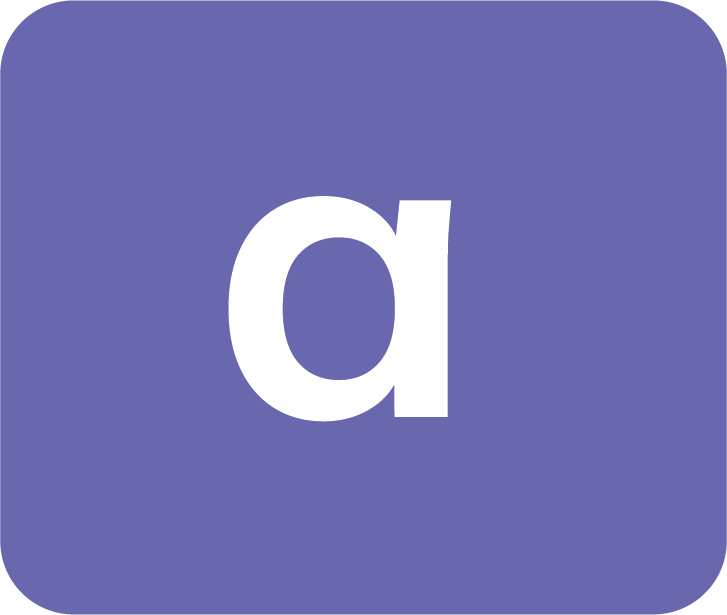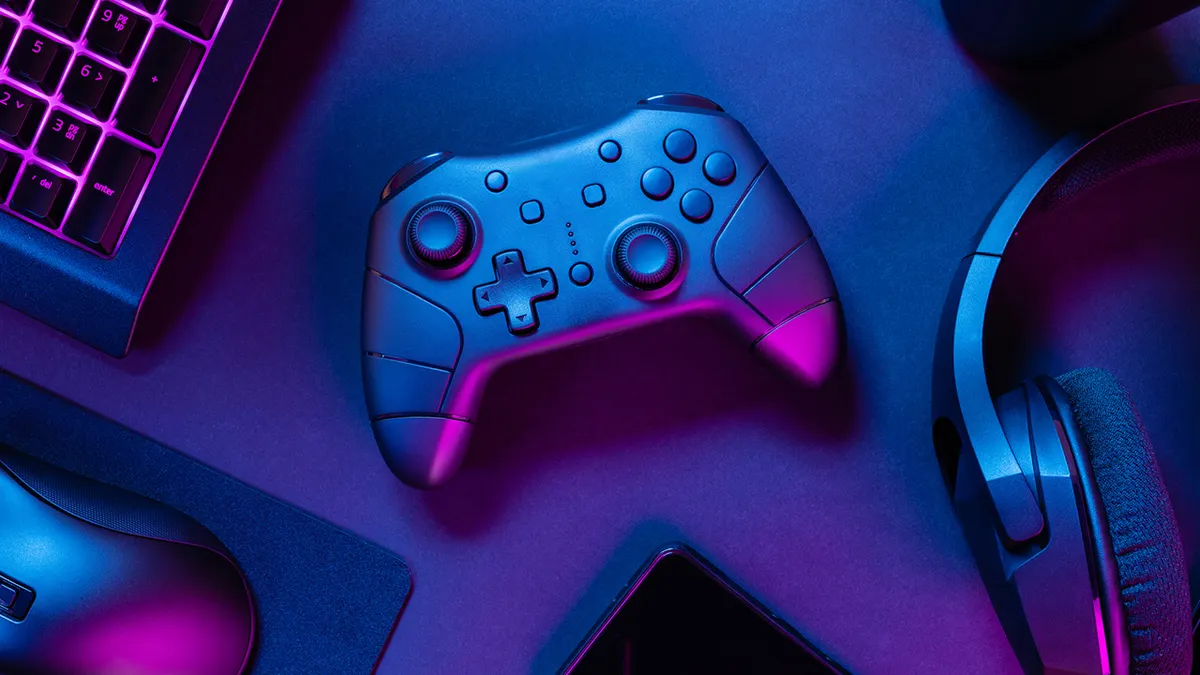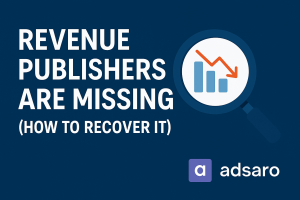Gaming websites attract a highly engaged and often loyal audience, making them prime candidates for digital advertising. But while traffic levels may be high, maximizing ad revenue from that traffic requires strategy. Understanding the nuances of ad monetization for gaming websites is crucial to achieving strong returns without compromising user experience.
In this guide, we’ll explore the best-performing ad formats, placement tactics, and monetization partners tailored specifically for gaming publishers in 2025.
Why Ad Monetization for Gaming Websites Is Unique
Before diving into strategy, it’s important to understand what makes ad monetization for gaming websites different from other niches.
| 1. High Engagement, Fast Interactions | Gaming audiences tend to be deeply engaged, with longer session durations but faster scrolling behavior, especially on forums or walkthrough pages. |
| 2. Performance Matters | Gamers are sensitive to slow load times or intrusive ads that interrupt gameplay or browsing. Ad strategies must prioritize speed and usability. |
| 3. Young Demographics with Spending Power | Most gaming audiences fall into the 18–34 age bracket—a demographic favored by advertisers, especially in tech, entertainment, and eCommerce. |
| 4. Mobile & Desktop Usage | Gaming content spans both desktop (PC gamers, streamers) and mobile (casual players, game guides), requiring responsive and adaptive ad formats. |
Best Performing Ad Formats for Gaming Websites
Choosing the right ad formats is a key part of effective ad monetization for gaming websites. Here are some of the best-performing options in 2025:
1. Display Banners (Above the Fold & In-content)
Classic display banners remain effective when:
- Positioned above the fold
- Embedded within articles or guides
- Paired with contextual relevance
2. Sticky Ads
Sticky footer or sidebar ads maintain visibility as users scroll, increasing viewability without being overly disruptive.
3. Video Ads (Outstream & Rewarded)
Outstream video ads—those that auto-play within content—work well on walkthrough pages or reviews. Rewarded video ads (especially in browser-based games) are even better, offering users in-game benefits in exchange for watching an ad.
4. Interstitials (Use With Caution)
These full-screen interstitial ads can generate high CPMs but should be used sparingly to avoid hurting user experience or violating ad policies.
5. Native Ads
Native units blend into content and work well for game reviews, affiliate articles, or “Top 10” roundups.
Ideal Ad Placement Strategies for Gaming Sites
Effective ad monetization for gaming websites isn’t just about formats—it’s about smart placement. Here are high-performing tactics:
| Above-the-Fold Leaderboards | Capture user attention with high-impact banner units immediately visible upon page load. |
| Mid-content Units | Insert ads between paragraphs in long articles or guides. These tend to have higher engagement and CTRs due to contextual relevance. |
| Sidebar Widgets | For desktop users, sidebar ads allow monetization without disrupting reading or scrolling. |
| Footer Placements | Often overlooked, footer ads can boost impressions while keeping UX clean. |
| Lazy Loading | Implement lazy loading for ads to reduce initial page load time—critical for retaining impatient users and mobile visitors. |
Programmatic vs. Direct Deals: Which Is Better?
Both programmatic advertising and direct sponsorships have their place in ad monetization for gaming websites.
Programmatic Advertising
Automated ad bidding through platforms like Google Ad Manager offers scale and consistent fill rates.
| Pros: | Easy to set up High fill rates Passive income stream |
| Cons: | Lower CPMs for niche traffic Limited brand control |
Direct Sponsorships
Reach out to game publishers, accessory brands, or app developers for direct deals.
| Pros: | Higher revenue per campaign More control over ad content |
| Cons: | Requires outreach and negotiation Less scalable |
Pro Tip: Use programmatic as your base income, and layer in direct deals as your traffic grows.
Best Ad Networks for Gaming Websites
Choosing the right ad partner is essential to successful ad monetization for gaming websites. Here are five recommended platforms:
- Adsaro – Tailored for high-engagement content sites with access to premium demand.
- Playwire – Known for gaming and entertainment niches with video ad support.
- Adsterra – Offers a mix of native, banner, and pop-under ads with good fill rates for international traffic.
- SHE Media – Though more lifestyle-focused, it offers strong monetization tools for diverse audiences.
- Primis – Specializes in video discovery and monetization, ideal for sites featuring gameplay content.
Monetizing Gaming Communities & Forums
Gaming communities, including forums, comment sections, or Discord-like platforms, offer another layer of monetization potential.
Strategies:
- Use display ads sparingly to avoid slowing down conversations.
- Implement native discussion-driven ads (e.g., “sponsored threads”).
- Partner with affiliate programs relevant to gaming gear, skins, or software.
Monetizing Download Pages & Game Resources
If your site hosts downloads or provides cheats, skins, or mods, here are ways to monetize safely:
- Use interstitials with clear user consent
- Offer download mirrors with sponsored links
- Use contextual banners or native ads near download buttons
Be careful with pop-unders or aggressive formats, which can harm credibility and lead to ad policy violations.
SEO and UX Tips to Boost Ad Revenue
Better user experience leads to more page views, higher session durations, and ultimately better ad performance. Here’s how to fine-tune your site:
- Responsive Design: Ensure ads are mobile-optimized.
- Fast Load Speed: Compress images, use CDNs, and lazy load non-critical scripts.
- Clear Navigation: Help users find walkthroughs, reviews, or downloads easily.
- SEO-Optimized Content: Target long-tail keywords related to game guides or updates to attract organic traffic.
Measuring and Optimizing Performance
Track these key metrics to optimize ad monetization for gaming websites:
- Viewability Rate: Are ads actually being seen?
- Click-Through Rate (CTR): How many users engage with ads?
- CPM (Cost Per Mille): How much are you earning per 1,000 views?
- Session Duration: Longer sessions generally lead to more ad impressions.
Use tools like:
- Google Analytics
- Google Ad Manager
- Hotjar (for heatmaps)
- Ad network dashboards
Final Thoughts
The world of ad monetization for gaming websites continues to evolve—but one thing remains clear: strategy matters. By combining the right ad formats, smart placement, responsive UX, and trusted ad partners, you can transform a gaming site into a high-earning digital property.
Whether you’re managing a walkthrough blog, game review site, or fan forum, now is the time to refine your ad monetization game plan for 2025 and beyond.








Leave a Reply